Step one, organize. A winery compliance system in it’s entirety has a lot of pieces to it. These pieces consist of licenses from a range of agencies, reports submitted to those same agencies and the records that back up those reports, just to name a few. Start by sectioning each of the items in these three categories out separately.
After you’ve completed this part you’ll identify each item and then begin to create a chart with sections for each category, (licenses, records & reports) and then sub categories within each of those for each license or report, along with their unique details included in another column on your chart. (renewal date, fee, report due date, etc.) This chart will become your wine compliance blueprint.
Once you have your compliance blueprint fully filled out this will provide you with a summary bird’s eye view of all the parts of your compliance system. It will also then provide the details for the next step in the process, what I call systematize.
The system you have just sketched out in this blueprint shows all the winery compliance pieces. Making sure to include details in it about renewal dates, reporting dates & details, fees, and agency contact info is what can then be used to next create your systems for managing each part.
From all these details you design systems or procedures that walk you through how and when to file reports, renew licenses, or update changes in your winery’s status as may be required by some of the regulating agencies. The overall idea is to create and maintain a blueprint-like summary that provides you with any and all compliance details in one place.
The majority of the work with creating a blueprint like this is up front at the beginning. Once you are there it is just a matter of maintaining it with any updates. But once you are used to referencing all your winery compliance details in one place, making updates will be a much easier thing to do.
